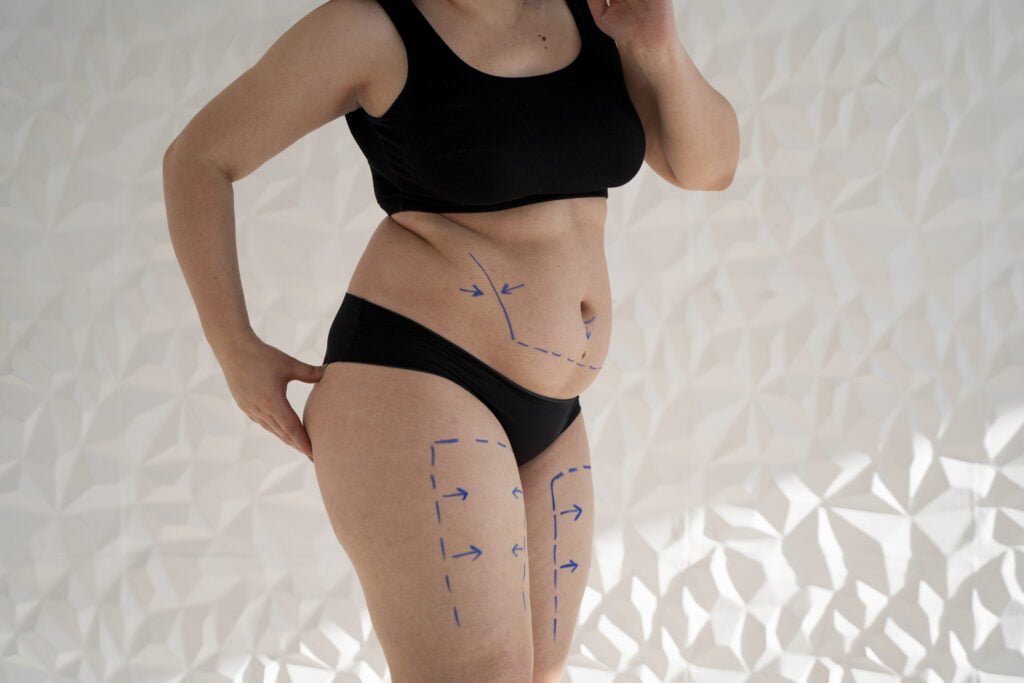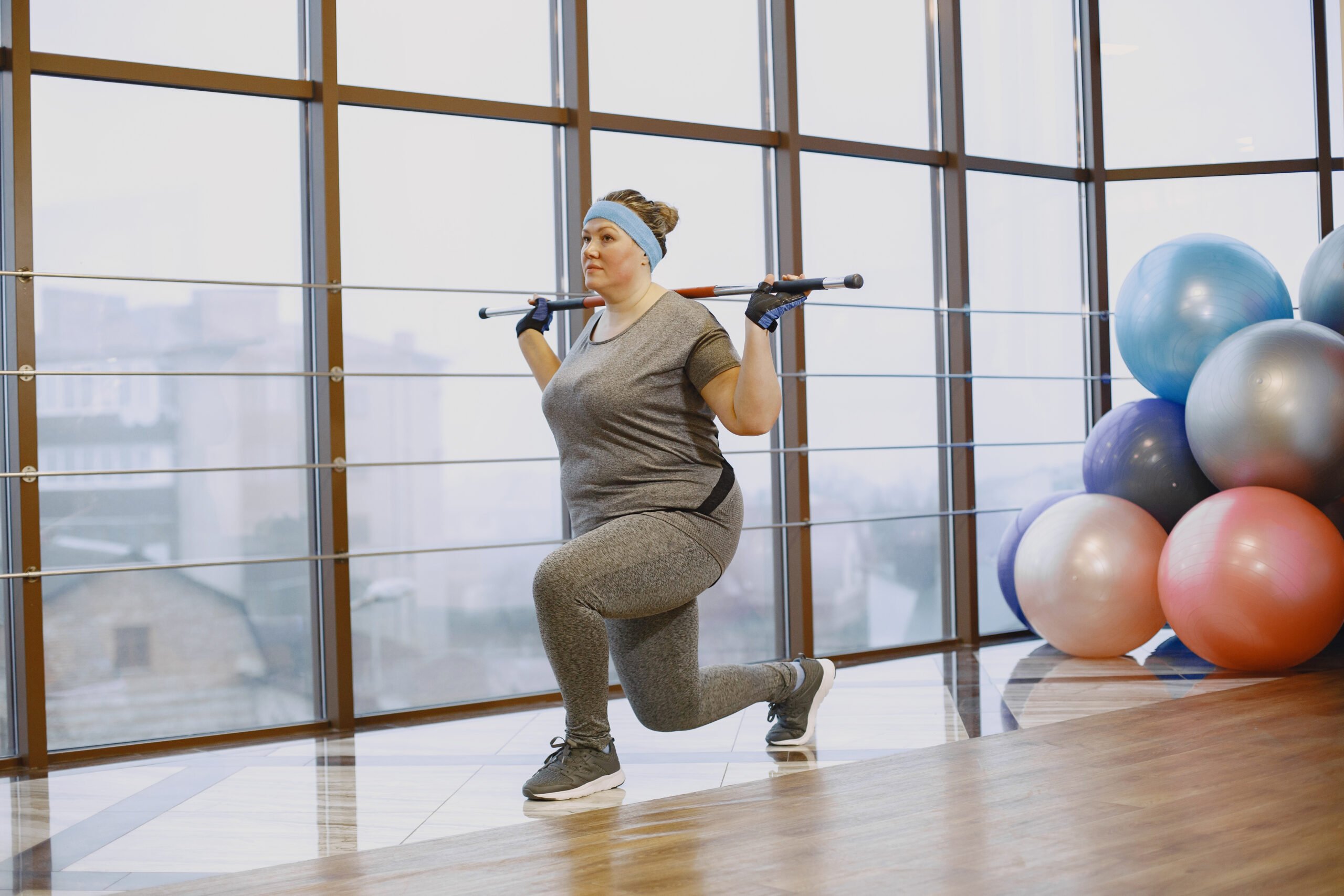
Lipedema and Exercise – Finding the right balance
Avinav
July 24, 2023

Lipedema is a chronic and progressive condition characterised by the abnormal deposition of fat in particular areas of the body, most commonly affecting the hips, thighs, and lower legs. Lipedema is also known as “a syndrome characterized by fat legs and orthostatic edema”. Although there is no known cure for lipedema, it primarily affects women and can cause discomfort, swelling, and a lower quality of life. Exercise is a key component of a multifaceted strategy for managing lipedema. Finding the ideal mix between exercise and lipedema symptom management can be difficult, though. We will discuss the value of exercise for lipedema, the advantages it provides, and how to strike the correct balance to manage the condition efficiently in this blog.
Exercise's Health Benefits for Lipedema
Improving Circulation: Regular exercise can help to improve blood circulation, which is frequently compromised in people with lipedema as a result of the buildup of fat and fluid in the affected areas. Increased blood flow can lessen pain, reduce edema, and improve vascular health in general.
Strengthening Muscles: Strength training activities will help you develop and tone the muscles around the afflicted areas. This may provide the lymphatic system with better assistance, thereby lowering fluid accumulation and enhancing movement.
Increasing Lymphatic Drainage: Lipedema frequently affects the lymphatic system, which results in a diminished capacity to appropriately drain fluids. Exercises with little impact, such moderate yoga or swimming, can promote lymphatic drainage and reduce swelling and inflammation.
Maintaining Weight: Maintaining a healthy weight is crucial for properly treating the symptoms of lipedema. By lowering fat storage, burning calories, and enhancing metabolic health, exercise can help people control their weight.
Exercise Benefits
- Improves circulation
- Strengthen muscles
- Maintains weight
Right Exercise balance
- Progress exercise gradually
- Include strength training
- Include flexible exercises
Choosing the Right Exercise Balance
Consult a Healthcare practitioner: It’s important to speak with a healthcare practitioner who is acquainted with lipedema before beginning any workout programme. They may evaluate your particular illness, make tailored recommendations, and make sure you do workouts that won’t make the symptoms worse.
Exercises should be progressed gradually, starting with low-impact activities and increasing in intensity and duration as your body is able. The danger of injury can be decreased and overexertion prevented with this progressive approach.
Choose low-impact cardiovascular exercises like walking, cycling, or utilizing an elliptical machine if you want to avoid putting too much strain on your joints. These exercises support heart health without placing an unnecessary load on the afflicted areas.
Include Strength Training: Using resistance bands, light weights, or bodyweight exercises to increase muscle tone and support the surrounding tissues are all examples of strength training exercises. Focus on lower body activities like leg lifts and squats rather than ones that put too much strain on your joints.
Exercises including flexibility and stretching help increase range of motion and reduce stiffness in the affected areas. Particularly advantageous are yoga and pilates, which encourage mild stretching and relaxation.
Take Note of Your Body: Keep a watchful eye on your body’s reaction to exercise. Adjust your routine in accordance with any pain, swelling, or discomfort you may be feeling and ask your healthcare provider for advice.
Conclusion
In conclusion, exercise can significantly contribute to the management of lipedema symptoms and enhancement of general health. Finding the ideal balance between exercising and preventing the problem from getting worse is the key. A healthcare practitioner should always be consulted before beginning any fitness programme. Low-impact exercises that help the lymphatic system should also be used. You can successfully manage lipedema and improve your general quality of life by establishing a well-rounded workout regimen and paying attention to your body’s needs.
To connect with us click on the button below
To know more fill in the details below:
Recent Posts
Have Any Question?
Lipedema is a condition that causes excess fat to accumulate in the lower part of the body.
- +919515106591
- srinageshlipedema@gmail.com



